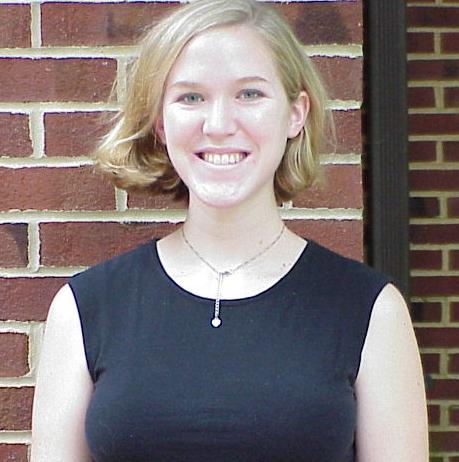|
Christine Larned's Research at
Davidson
|
|
Development of Undergraduate DNA
Sequencing Protocol
|
|
|
The successful sequencing of the human genome project has arguably initiated a new era in the field of molecular biology. Today's life science students can absolutely benefit from a working knowledge of DNA sequencing. However, most DNA sequencing protocols involve expensive automated sequencing techniques or require the use of radioactive compounds to detect the DNA fragments, precluding undergraduate students from participation. To address this need, we are working to streamline a DNA sequencing protocol feasible for undergraduate biology students in two to three laboratory sessions. Our protocol makes use of one of the most proverbial, household bacteria, E.coli. |
|
However, what sets our protocol apart from automated or radioactive ones is the use of biotin. Biotin is a compound that we incorporate into the primer, (used to elongate replicating strands of DNA), which can be detected through a streptavidin-alkaline-phosphatase wash. The biotin binds to the DNA fragments while the streptavidin alkaline-phosphatase wash latches onto the biotin. Using X-ray film, the DNA fragments can be captured because the wash cleaves phosphates that emit light. This particular method is called chemiluminescent detection. A hurdle we have faced with this protocol is keeping the biotin from degrading at the high temperatures necessary to denature the DNA so that biotin-labeled primers can attach to the fragments. We've slightly altered the protocol so that the biotin survives denaturation. |
|
This project is funded by the North Carolina Biotechnology Center and the Howard Hughes Medical Institute. An abstract of this protocol has been submitted to the American Society for Microbiology's annual meeting in May 2001. We hope to present our results at this conference so that undergraduate biology students around the country will have the opportunity to be exposed to DNA sequencing. |
| An agar plate with Eschericha Coli growing. This image was used with permission from University of Texas Medical School. |
